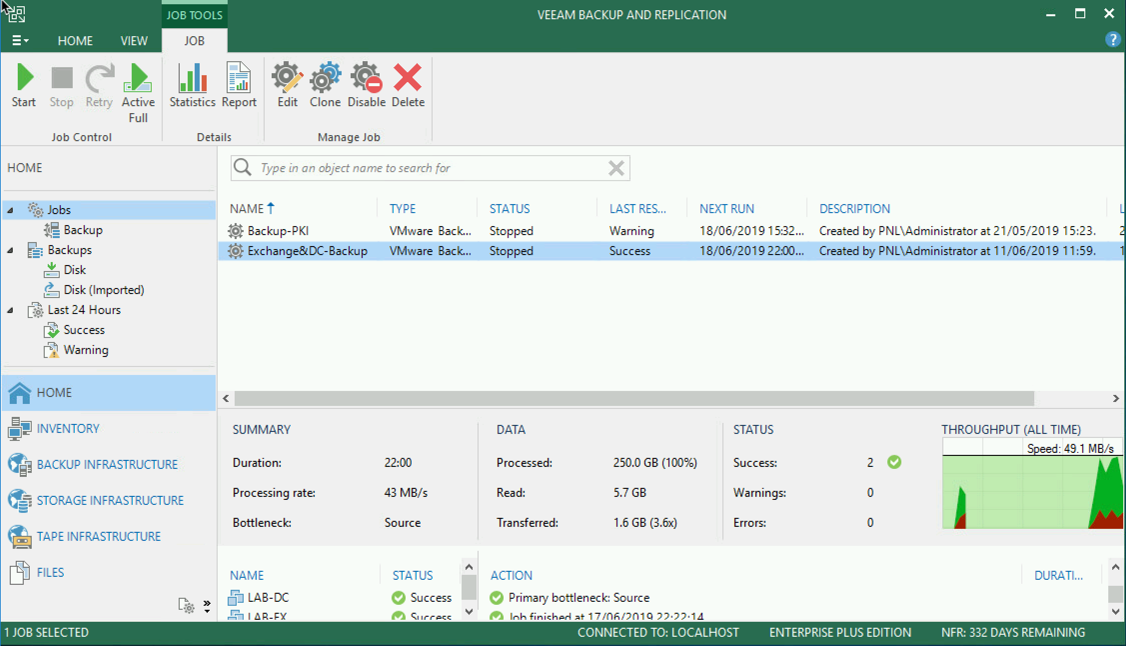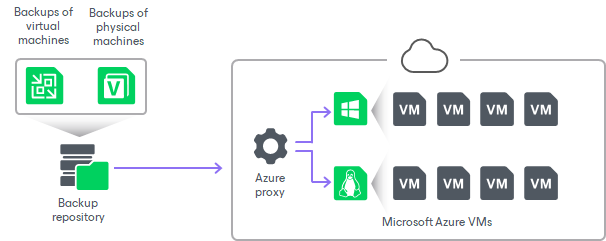


Disable the DC3 node from the virtual service of the netscaler load balancer.From PS: Get-ADForest "domain.local" | ft DomainNamingMaster, SchemaMaster Get-ADDomain "domain.local" | ft InfrastructureMaster, PDCEmulator, RIDMaster.Set up a replication job (Application aware enable & Domain Admin user, from Active directory it is possible to give granular permissions to a single users) for each single DC starting from the DCs without FSMO role.Īssigning the backup service user " (preferred UPN format) "Domain Admin" and deny "interactive logon" and other restricition Deny "Logon as a Batch" 'or' "Deny Logon as a service" etc depends on your needs.wmic csproduct get "uuid" ( if UUID changes the windows license it will be reset and could also corrupt the active direcory db and \ or have replication problems etc).VM migration export and import generates new vHw device UUIDs, the new UUIDs for devices such as NICs tends to trigger re-activation windows license of the VM.It is important that it remains unchanged, above all, unique for each DC). The GUID is the means for AD to identify a DC for replication. IMPORTANT** Never change UUID to a Domain Controller. First of all check the UUID of the 3 DCs:.If possible, before proceeding with production, it is recommended to test everything in a laboratory and / or pre-production environment Veeam backup Enviroment: 9.5 U4 Virtual appliance (Hot add) DC01 all FSMO roles- Primary DNS - Sync time Externa NTP.If you have distributed FSMO roles on different DCs move them on a single DC before migration and carry out the preparatory checks post moving FSMO roles. Remember that from the Windows 2012 R2 version it is possible to clone a DC through the official MS procedure.ĪD Single Forest\Domain: functional level 2012 R2: So I have adopted the solution of VM replica. Microsoft advised against demoting and promoting a DC with a different OS but with the same FQDN and IP, even if my environment was relatively small 3 DC one forest \ domain and not complex it could be done with the metadata cleanup procedure but the customer did not give the approval. That said, there are scenarios like mine, where this type of approach was not possible as it was mandatory to maintain the same FQDN and IP address due to application configuration problems. Given that the best solution from Microsoft is to create new VMs and promote them Domain Controllers and transfer FSMO roles. The customer asked me to migrate 3 Domain controllers from an old VMware 5.5 to the new VMware 6.5 infrastructure for a technological refresh. I want to share my experience of an Active directory migration through the VB Replication software related to an Active directory environment 2012 R2 - forest and domain functional level 2012 R2.


 0 kommentar(er)
0 kommentar(er)
